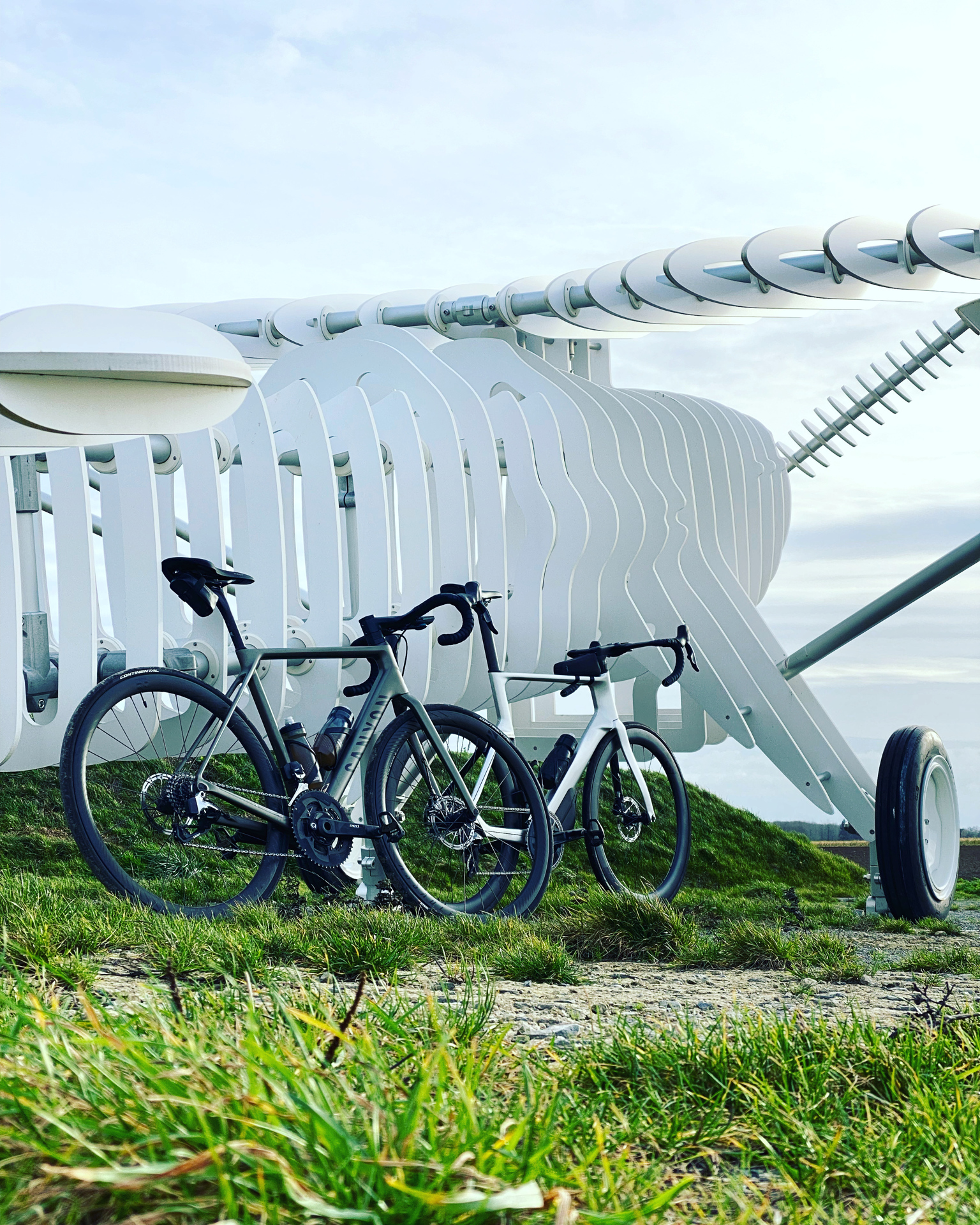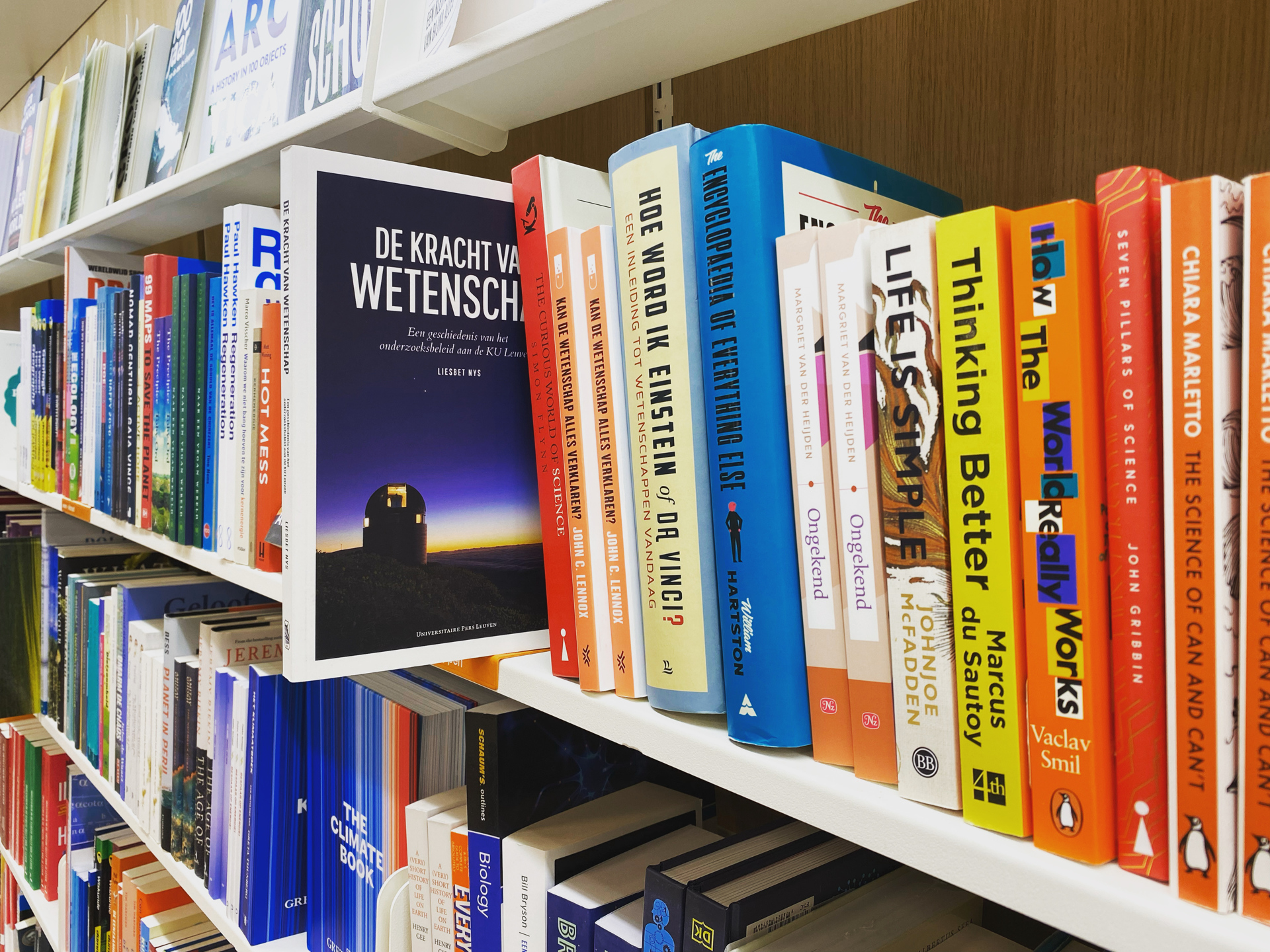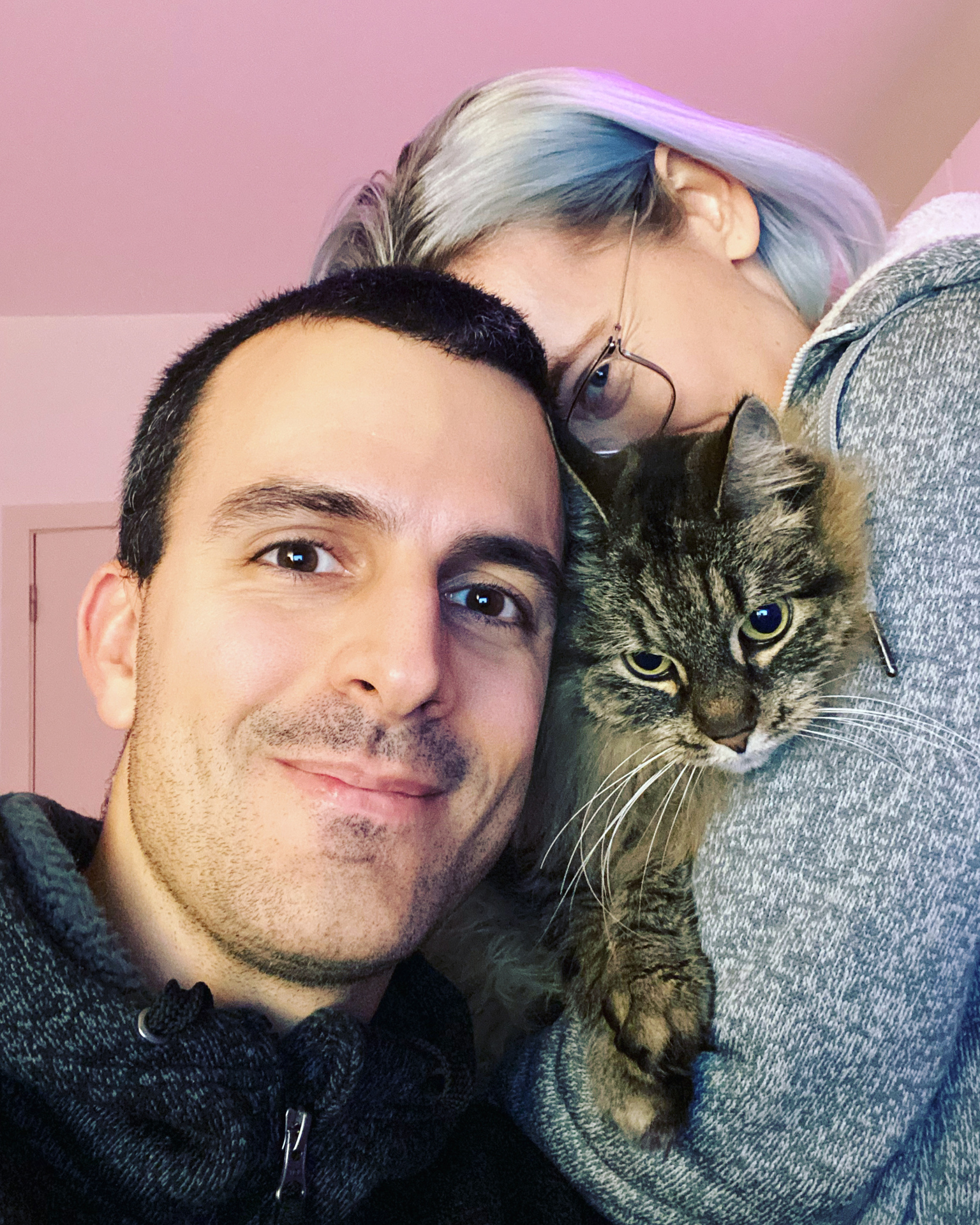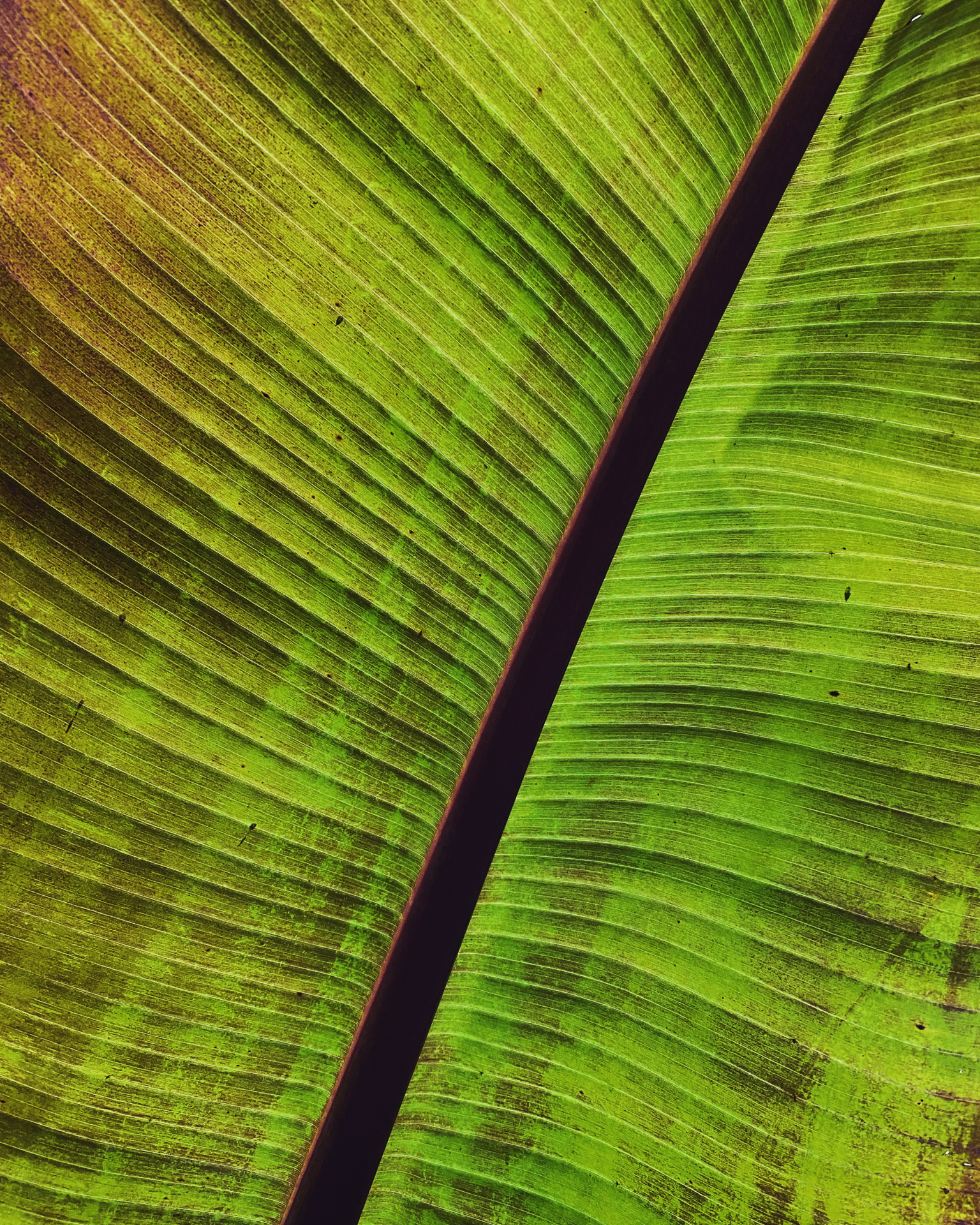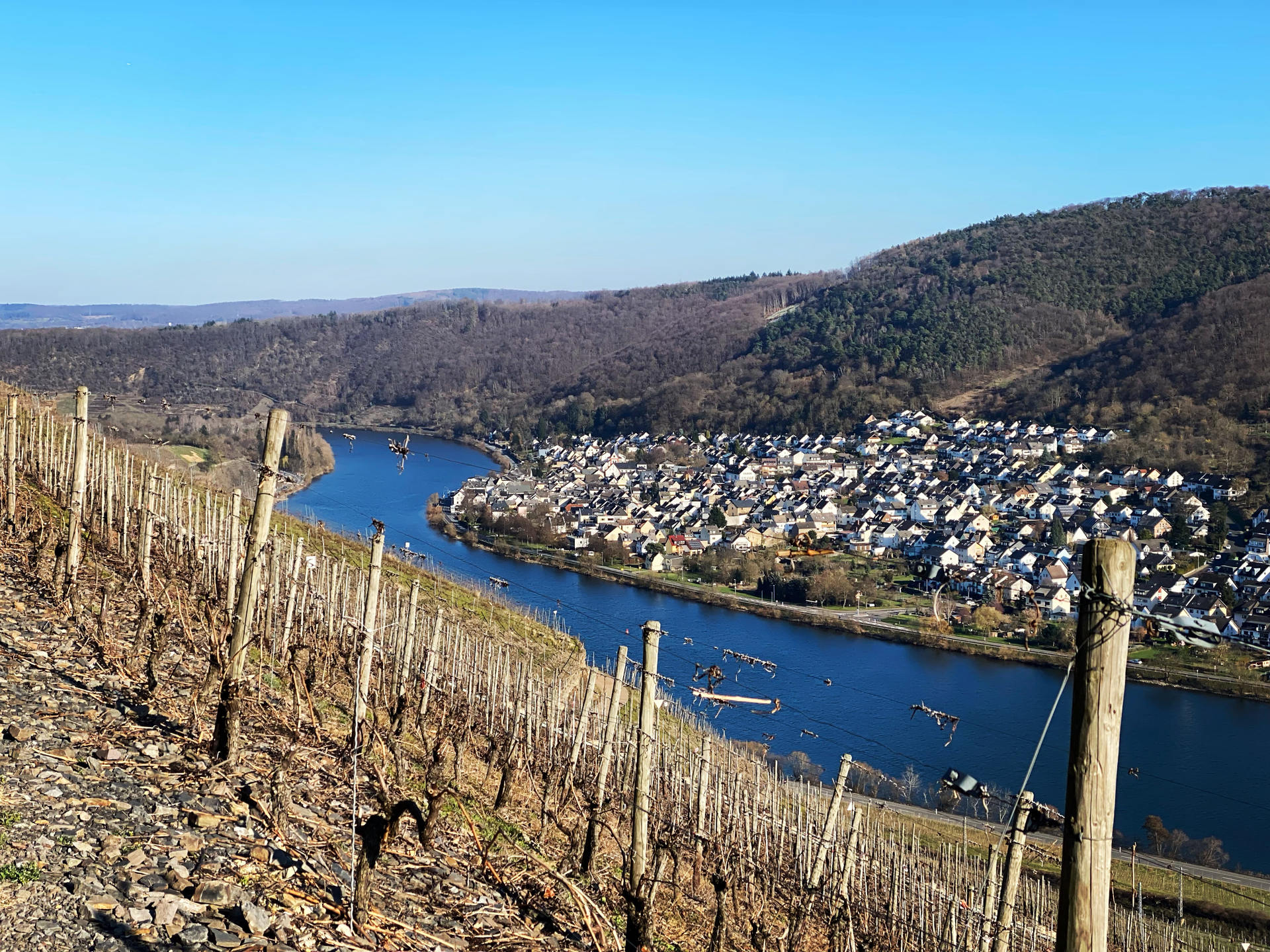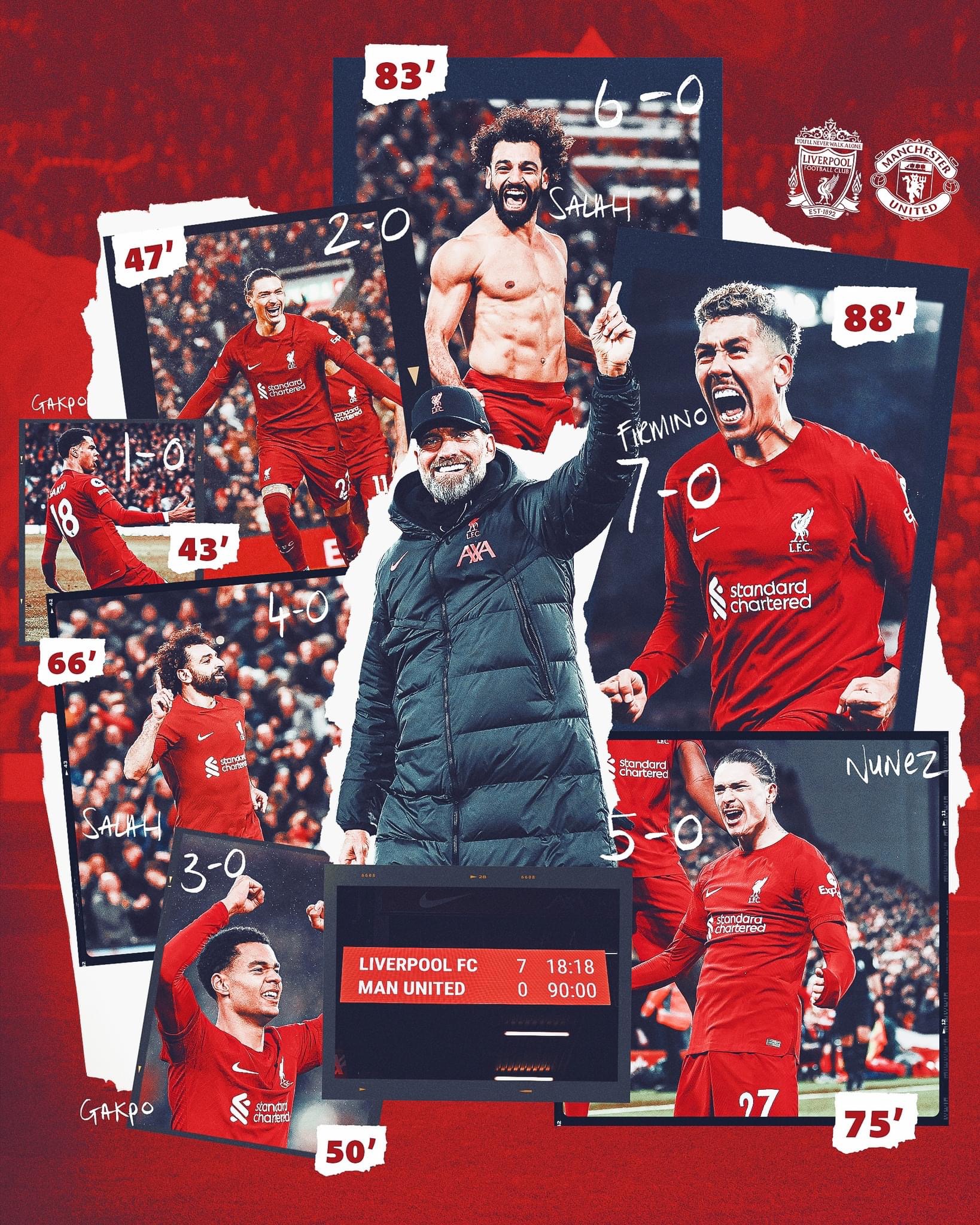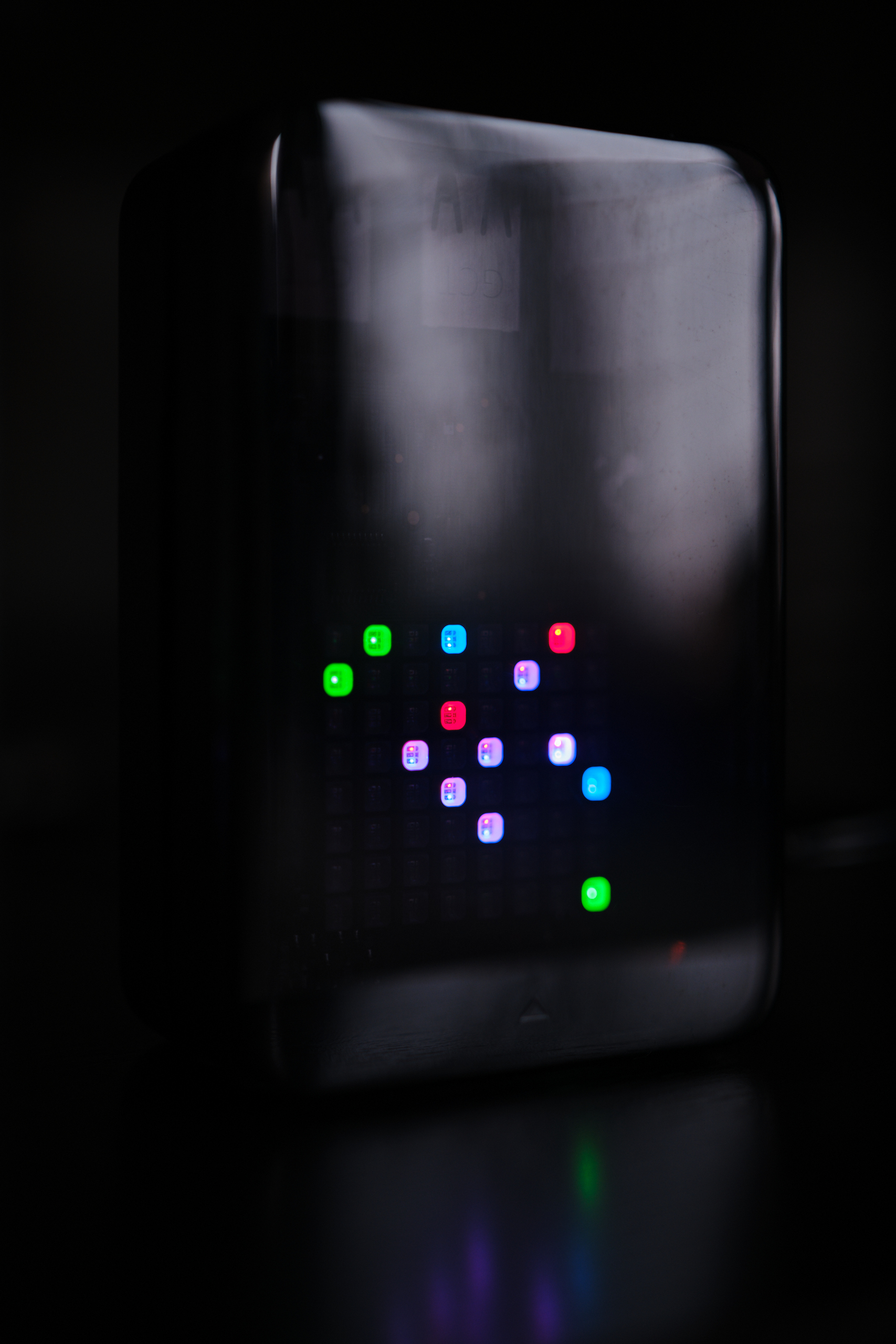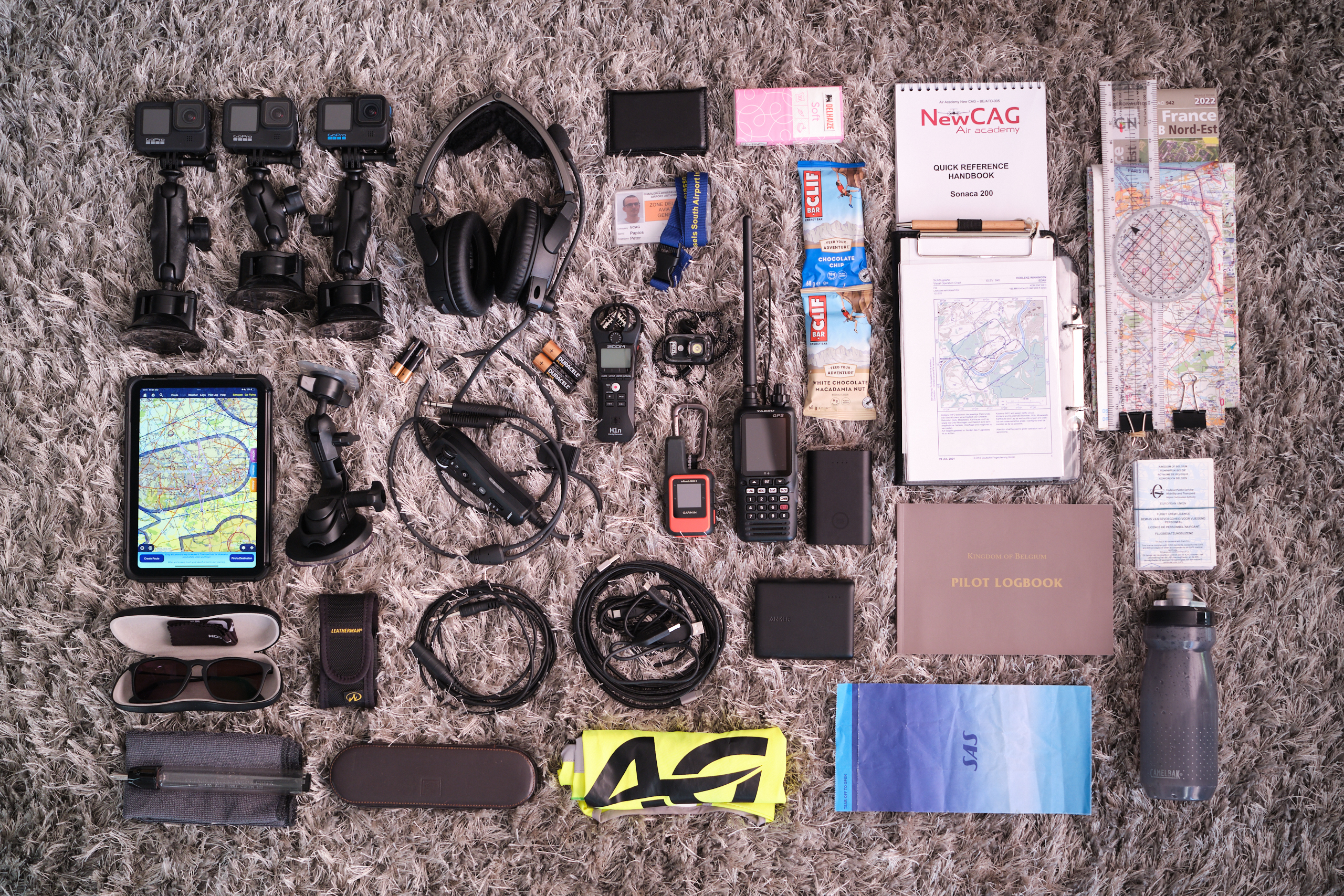It is that time of the year again: I am writing a post in a post-blog world. (This could totally be the start of a pop hit.) Could I be any more Millennial than this? Anyway, here is a month-by-month retrospective of memorable moments from my/our 2023, with a small (but not so small that you should be browsing this on a mobile network without an unlimited data subscription) collection of images in case Instagram dies.
I kicked off January very strong, with a lot of training – mostly indoor cycling on Zwift -, doing sports every day from the 29th of December until the 5th of February. This was my longest active streak ever with 39 days. Although this included a weekly yoga session, but I will be generous and count that as sports too. The fact that on 11 days I was actually biking outside during this period must mean that the weather was not that bad after all. We saw a book with a photograph of mine (legally) on its cover out in the wild. At the end of the month I finally managed to purchase a PS5 for a not ridiculous price, replacing our trusty PS4 after many years of happy usage, and I took Cole for a short sightseeing flight while he was back in town for a few days.
On the 1st of February (while turning 38) we commemorated my ageing by having a dinner in the Michelin-starred EED, which was excellent. At work the first production units of our Telraam S2 devices started rolling in. One weekend we went to the Ardennes for some hiking (where I was also very successfully testing my new Black Diamond Pole BD Distance FLZ hiking poles and the Garmin inReach® Mini 2), and some comfort food at Belgium Peak Beer. Unfortunately just after this I got sick with high fever and no energy which lasted for a good week, maybe at least partly from over-training combined with a completely messed up sleep-schedule… Of course that week the weather was perfect (and I had plans to go biking and flying) so I was not amused at all. A week later I flew to Sint-Truiden for the first time and also crossed a CTR on my own for the first time. In the rest of the month we visited the first flowers of the spring (and some warmth in the greenhouses) in the Botanical Garden, and had nice Italian food at Ristorante Guzzi (more or less ending our Gault Millau pilgrimage across town over the past months).
March could not have started any better than it did. Right on the 1st I made my longest trip (and my last non-local flight) with the Sonaca 200 ever by flying to Koblenz-Winningen in Germany. It was an awesome sunny (but cold) day, and it definitely gave me good vibes for the following weeks. A week later I watched in awe as Liverpool trashed Manchester United by 7 goals, which was definitely the highlight of an otherwise below-par season for the team. I met up with my brother in Brussels, and since we could not go flying as the wind associated with a named storm was causing trouble even for the big jets up there, we just had good food and walked around the city instead, talking about flying and fancy watches. Since I am never in Brussels everything was as new for me as it was for him.
